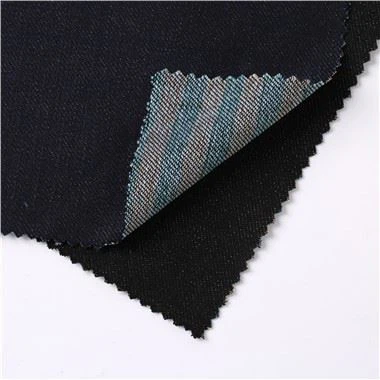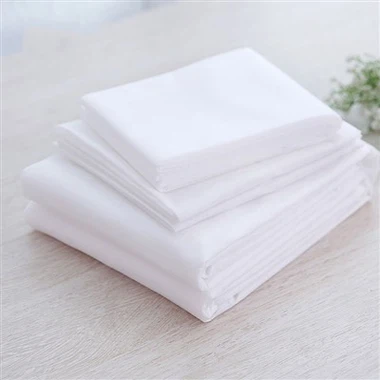What Are Examples Of Non-woven Fabrics?
Mar 04, 2025
In the fast-paced modern life, a seemingly unremarkable material has quietly permeated every corner of our clothing, food, housing, and transportation. It does not rely on traditional textile techniques to be woven, but can meet diverse needs with its lightness, durability, and environmental protection characteristics - this is non-woven fabric. From medical protection to agricultural coverage, from daily cleaning to scientific manufacturing, non-woven fabric uses its unique functions and advantages to become a "multifaceted hand" in human society. Below, we will delve into its role and value in different scenarios.
Medical field: the first barrier of the security line
● Masks. The core layer of medical masks is made of melt-blown non-woven fabric. Its fiber diameter is only 1/30 of that of hair, which can block droplets, dust and even viruses. During the epidemic, the electrostatic adsorption technology of N95 masks has further increased the protection efficiency to more than 95%.
● Surgical gowns and protective suits. Made of high-density non-woven fabric, they are breathable and waterproof, preventing blood and body fluids from seeping through, while also reducing the feeling of heat and discomfort for doctors during long surgeries.
● Disinfection wipes and medical dressings. Alcohol or antibacterial-containing non-woven wipe can quickly kill bacteria on the surface; while dressings made of water-jet non-woven fabric are soft and skin-friendly, which can accelerate wound healing.
Health Care: Tender Guardian of Health
● Baby diapers and sanitary napkins. The outer layer is made of spunbonded nonwoven fabric, which feels like cotton but is drier; the inner layer is made of high-absorbency resin, which can quickly lock in liquids and prevent backflow.
● Cleaning wipes. Non-woven fabric wipes with plant extracts can not only wipe away stains but also moisturize the skin, becoming a "universal tool" for household cleaning.
Home and Environment: A Green Revolution for Convenient Living
● Environmentally friendly shopping bags. The strength is 5 times that of ordinary plastic bags, can be reused hundreds of times, and the printing process also makes it a fashion item.
● Disposable bedding. The hotel's non-woven bedding does not need to be washed, reduces water consumption, and has better breathability than plastic film.
● Smart home. The sensor-integrated non-woven wallpaper can monitor the indoor temperature and humidity, realizing the smart home.
Industry and Agriculture: Behind the Scenes of Industrial Upgrading
● Air filter. The car air filter adopts a multi-layer non-woven fabric composite structure, which can intercept PM2.5 and even formaldehyde molecules.
● Agricultural cover cloth. With an optical transmittance of 60%, it can prevent pests and increase the yield of strawberries and other crops by 30%.
● Geotextile. Placed in the subgrade of high-speed railway, it can drain water and strengthen the subgrade, thus extending the service life of the road.
Future outlook: the infinite possibilities of technology-driven innovation
● Biomedical non-woven fabric. Implanting stem cell culture scaffolds can promote the regeneration of human tissue.
● Intelligent response materials. Temperature-sensitive non-woven fabrics can automatically contract at low temperatures to insulate pipes.
From the operating table to the fields, from baby products to aerospace, non-woven fabrics have reshaped the operating logic of modern society in a subtle way. It is not only the innovation of material science, but also the wisdom of human beings in pursuit of safety, convenience, and sustainability. In the future, with the integration of nanotechnology and bioengineering, this "cloth without warp and weft" will surely weave a broader world.







